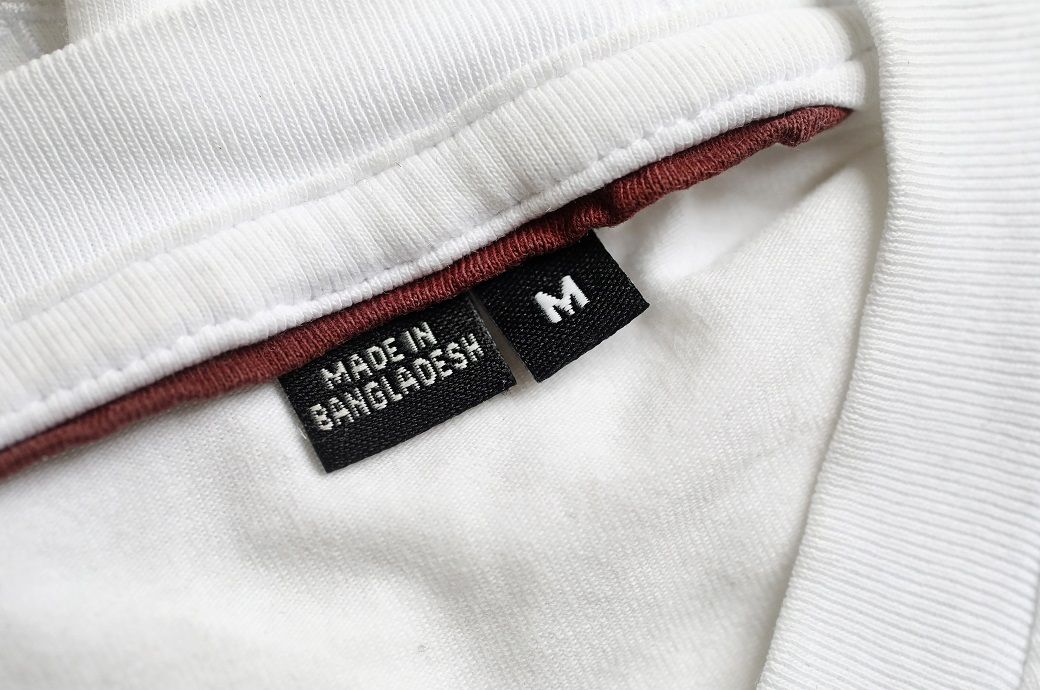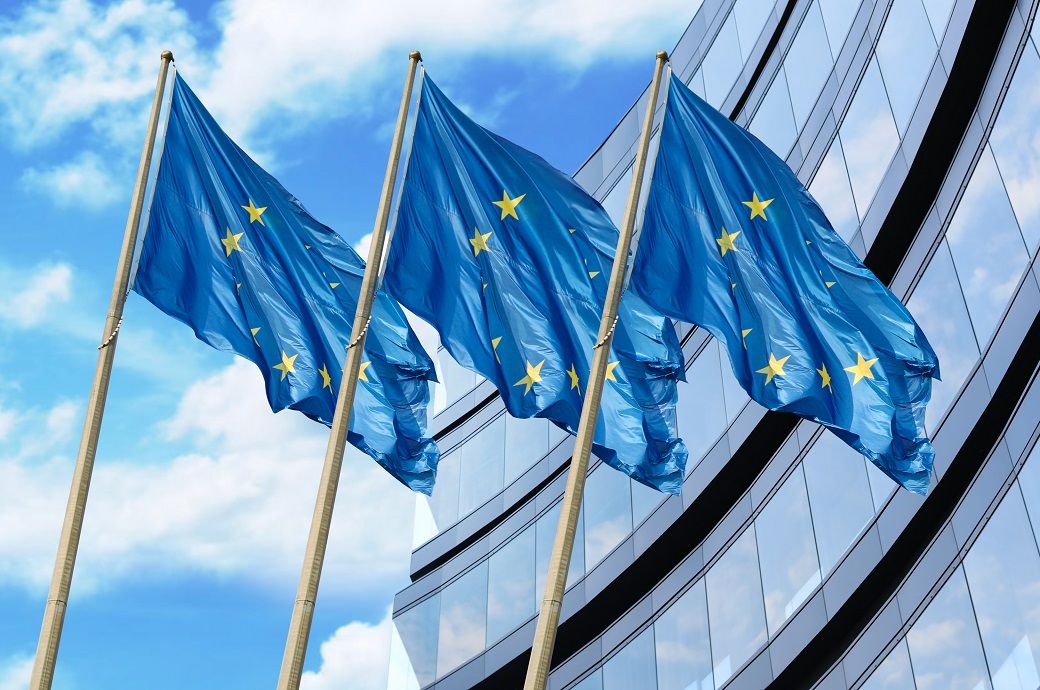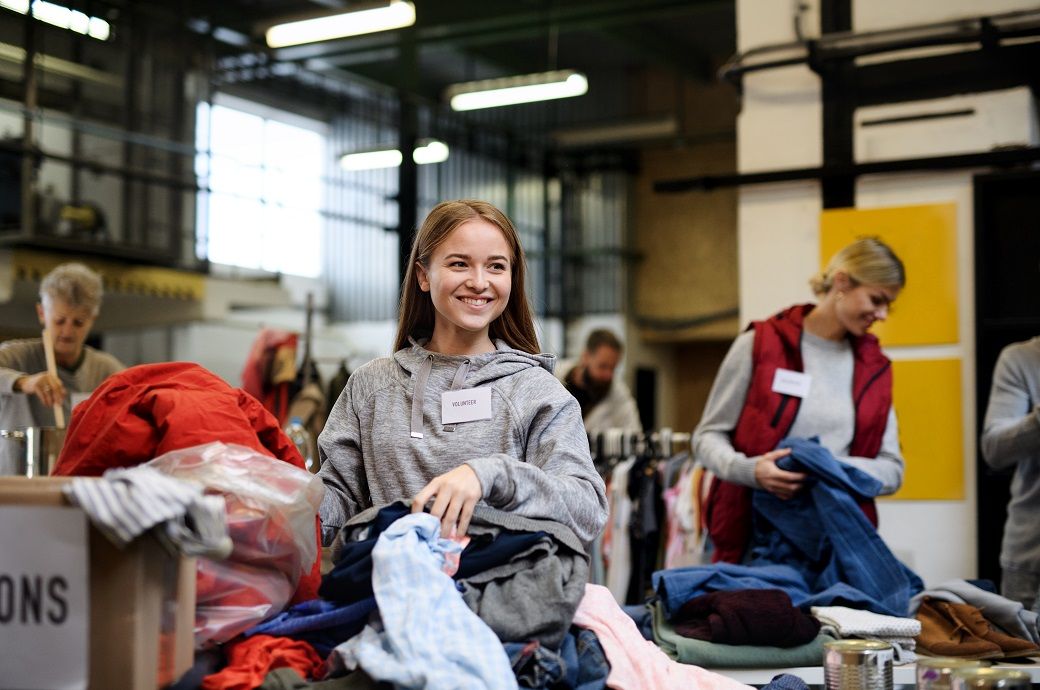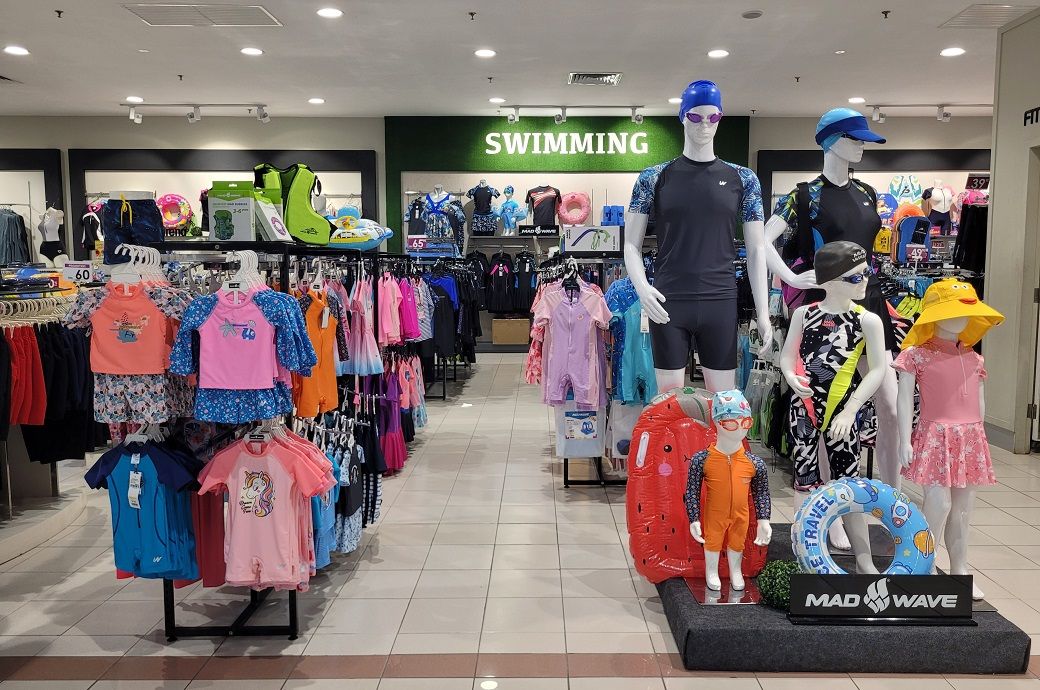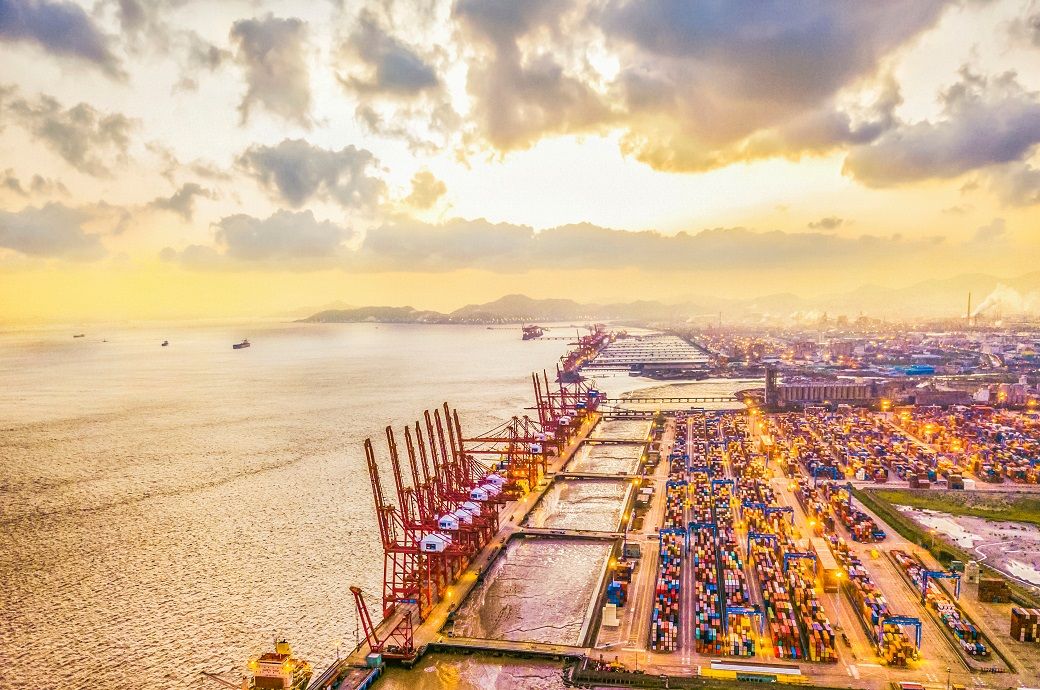
In the realm of apparel manufacturing and exports a new variable has entered the equation—reciprocal tariffs imposed by the United States, which has presented a fresh wave of challenge for manufacturers across geographical locations.
Bangladesh, the world’s second-largest apparel exporter, faces a 36.5 per cent total tariff on exports to the US, combining a new 20 per cent reciprocal tariff with an existing 16.5 per cent duty.
However, US rules, specify apparels made with 20 per cent or more US-sourced raw materials may receive partial duty exemption.
Bangladesh’s manufacturers are considering increasing cotton imports from US.
For Bangladesh, the world’s second-largest apparel exporter after China, the situation is complex. Although the 20 per cent reciprocal tariff announced by the Trump administration may appear relatively modest compared to tariffs levied on some other countries, the overall tariff burden is substantial.
With an existing 16.5 per cent tariff already in place, the new policy raises the total tariff cost to 36.5 per cent.
This jump in tariffs has emerged as a matter of concern amongst the garment makers in Bangladesh, resulting in recalibration of strategies. Industry players acknowledged that while the reciprocal tariff of 20 per cent might appear somewhat manageable, the cumulative effect when combined with existing duties poses a hurdle to Bangladesh’s overall competitiveness in its single largest export market.
However, there is a silver lining for Bangladesh amid these policy shifts—its stronghold in cotton-based apparels. For years, Bangladesh has been known for its dominance in cotton garments, which form the core of its export portfolio to the US. As per reports, around 75 per cent of apparel items exported from Bangladesh to US are cotton-based.
This distinction is very important as under US tariff rules, garment items that contain at least 20 per cent raw materials sourced from the United States are eligible for partial exemption from countervailing duties. In simpler terms, if Bangladeshi apparels include enough US-grown cotton, the tariff burden can be significantly reduced.
The country’s apparel exporters, always quick to adapt to changing trade and manufacturing dynamics, are now moving to capitalise on this clause. As per industry insiders, textile manufacturers in the country are actively working to double their cotton imports from the United States within the next year or so.
This strategic pivot is singularly aimed to secure duty-free or lower-duty access to the US market by satisfying the raw material origin criteria laid out in the new policy.
Though American cotton is priced higher than most of its global counterparts, it holds one major advantage: lower wastage. According to industry players in Bangladesh, US cotton generates only 5–10 per cent waste during processing, compared to 15 per cent for Indian cotton and 12 per cent for African. So, usage of US cotton, over time, makes American cotton more economical, despite its higher upfront cost.
Moreover, US cotton is also highly regarded for its consistent quality, strength, and reliability, all of which are crucial attributes for large-scale garment manufacturers. For Bangladesh, aligning its raw material sourcing with American cotton could mean not only reduced tariffs but also better-quality garments that enhance its global reputation.
The latest move comes in direct response to the Trump administration’s announcement on July 31, 2025, imposing a 20 per cent reciprocal tariff on a range of Bangladeshi goods, effective from August 7, 2025.
While such policy measures are aimed at addressing trade imbalances and pressuring countries to open up their own markets, they also bring with them a fair amount of uncertainty and disruption—especially in tightly integrated global supply chains.
Despite this, industry leaders in Bangladesh remain optimistic. They believe that the increased use of US cotton, even at a higher cost, will not undercut the competitiveness of Bangladesh’s RMG sector. Instead, it could serve as a calculated investment to ensure better access to the US market, which accounts for a significant share of Bangladesh’s total apparel exports.
As per reports, in the past few years (2020–2024) Bangladesh imported around 39.61 million bales of cotton, worth approximately $20.3 billion, from 36 countries, including India, Australia, Brazil, US, China, and various African nations.
Of this, the United States reportedly contributed 2.84 million bales, valued at around $1.87 billion.
However, now, with the new reciprocal tariffs in place, Bangladesh is poised to sharply increase this volume.
This transition many not be without some challenges. However, given the high stakes—preserving market share in the US, avoiding harsh tariff penalties, and maintaining cost competitiveness—Bangladesh apparel makers are all set to source more cotton from the United States, a move that highlights the country’s ability to move quickly and strategically to mitigate the tariff fallouts to maintain its standing as one of the world’s top apparel exporters.
Fibre2Fashion News Desk (DR)


